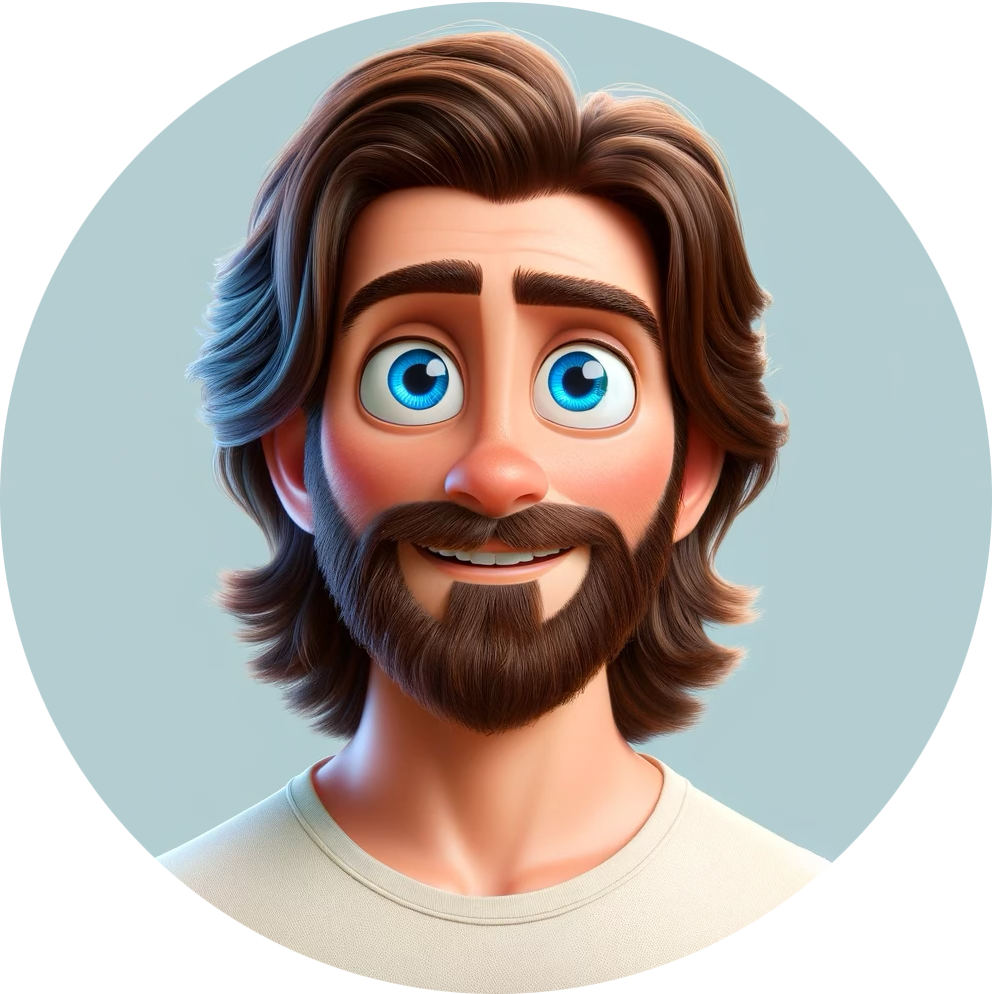Campfires Interview
Please tell us a little bit about yourself & your background.
I started out my career as a Marketing Manager in the insurance industry. I quickly learned that I did not have a passion for my position and started to search for careers that allowed me to be creative and solve problems. I purchased Illustrator and started practicing design by working (for free) on small logo and branding projects for my friends and family.
When did you first realize you wanted to become a designer?
I realized I wanted to become a designer when I was 19 but took me a few years to figure out how I was going to make that happen.
What was your first design job? Any interesting stories about how you broke in?
My first freelance design job was crafting a wedding invitation for a client in another state. The project and the client were both very difficult and it was by far the worst design experience I’ve had to date. I completed the project a few weeks later, after countless miscommunications, two late payments and lowered expectations (on both ends). Even though everything went south I don’t regret taking the project. The lessons I learned had a profound effect on me and the future of my freelancing career. I still think about that experience today and what I would have done differently now that I have intimate knowledge of freelance design, setting expectations and client management.
Please describe a normal day at your current job. What’s the workflow like? What are your primary responsibilities?
I’m part of the Mobile & Tablet team which includes Android, iOS, Windows Phone, Nook and Kindle Fire. We are also responsible for second screen experiences (MDX) including Chromecast, AirPlay and various other devices.
My job is never repetitive which is probably why I love it. On a given day I can be working on designing new UI concepts, adding features to existing UI, working with extremely talented engineers, traveling to conduct in-person research with members or testing new prototypes. No two days are alike.
Designers (regardless of seniority) need to share their work early and often. I think people tend to design in silos when they need to be sharing their concepts with others.
What’s a common mistake you often see entry level designers make? What are some tips to avoid or overcome it?
Think
Entry level designers tend to rush into designing (products, features, etc…) without fully thinking through the design or understanding the impact those designs will have on the business. Know your role and how things you do impact the larger picture. Think, often and thoroughly.
Share
Designers (regardless of seniority) need to share their work early and often. I think people tend to design in silos when they need to be sharing their concepts with others (designers, project managers, users, etc…). This helps you to deliver design solutions that are well balanced and vetted.
Any industry sites or blogs you read on a regular basis, or anything else you read for inspiration?
Inspiration
- Dribbble—People post amazing things every hour.
- Medium—Great articles about design concepts and thinking.
- Pttrns—Get inspired.
- Panda—Aggregated inspiration site.
Tools & Resources
- Sketch 3—The best UI design tool ever made.
- Droplr—Easy way to send and share files.
- Symbolset—Icons made easy.
- Sketch Mirror (App)—View your screens live on a device.
- InVision—Create click-through mockups to share with your clients.
- Bench—Your startup accountant.
There’s something new and amazing coming out every day. What’s something awesome you’ve seen recently that you’re dying to share, or something you’re excited about?
I think modular hardware devices are very interesting (think, Project Ara). The prototype bridges the gap between personalized software (via apps people use every day) and hardware. The idea that you can have a cohesive space to create custom, more personalized user experience beginning at the hardware level could help shape new roles for designers.
Aspirational designers should try and design as much as possible.
“ If you want to be good at something do it over, and over, and over again.”
What advice would you give to someone trying to break into the industry?
Aspirational designers should try and design as much as possible. If you want to be good at something do it over, and over, and over again. Practice with design exercises by taking products that already exist and try to redesign them to improve a perceived business metric of that business.
For example, pretend that you work for a company, let’s say… Spotify. If you were to redesign their mobile app, what would you do differently?
- Rethink the app flow
- Add new features
- Create a new onboarding experience
- Reconfigure the layout
- etc…
Ask yourself, how would your design changes impact the business? Would it increase hours of music streamed? Would it help convert free members to premium paid members?
Think and act as if you are a member of their design team. You’ll hone your design skills and learn how to pitch your designs ideas at the same time.
What do you wish someone told you when you were starting out?
Focus on developing your craft, gain a strong understanding of the technology used in your industry and understand the user for which you are designing. Have a solid comprehension of the landscape and behavior of your users. Be disciplined enough to understand that you’re not designing for yourself but rather for your customer. Try to expand your empathic potential and business acumen.

